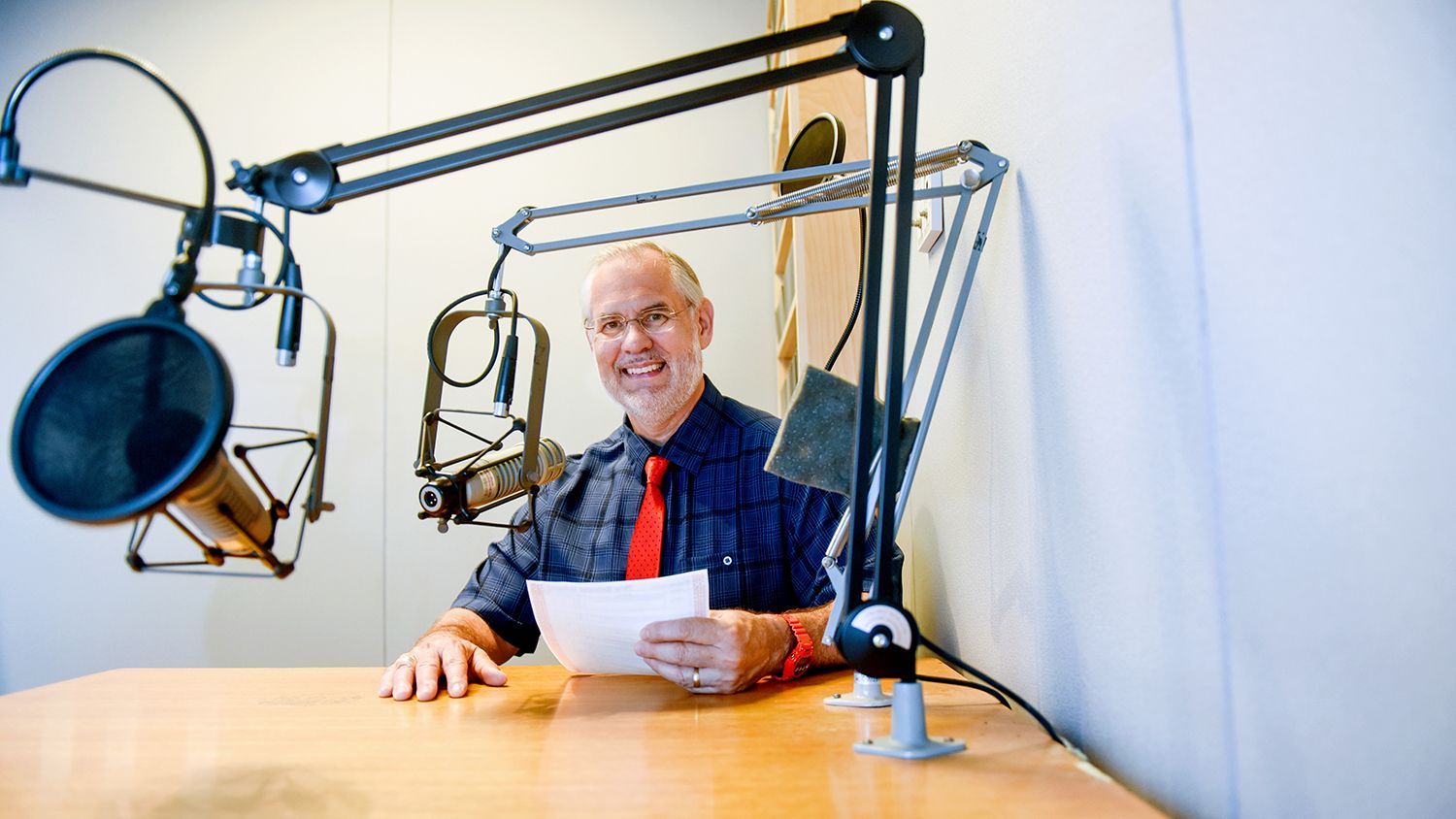Operation Twist
The Federal Reserve’s policies are always of interest, because they play such a key role in the economy. Recently the Fed ended one program called QE2 and began a new one termed Operation Twist. What have they stopped doing and what are they now doing instead? N.C. State University economist Mike Walden responds.
“Sounds like … they’re moving from one dance to the other, I guess. But — no, seriously — what QE2 was, simplified …, just printing money. The Fed has come off a round of printing more money, about $600 billion worth. That was QE2. That was designed to push that money into the banking system — sort of cross their fingers that banks would lend it out to spur the economy. Mixed reviews on whether that worked or not. But they have … stopped doing that.
“And now what they’re doing is this thing called Operation Twist, where they are taking their investments — and the Fed has trillions of dollars of investments — and they are buying more long-term investments, long-term securities and a few short-term securities. And the idea behind this is they want to push long-term interest rates down even lower. They’re already at a generation low; they like to push them even lower — one reason being that people who are buying homes, most people have to borrow money. That money tends to be long-term money, so if the Fed can push those long-term mortgage rates down, it’ll help the home-buying market.
“Many economists are skeptical about this. In fact, what we’ve seen the last couple of weeks is loan rates have actually gone up rather than down. We also argue — some of us — that the housing market’s already seen low interest rates. That’s not really spurred it.
“But anyway that’s the current thinking of the Fed. They’re going to try to work on interest rates. If they find that doesn’t work — doesn’t help the economy — they’re going to have to go to some plan C or plan D.”
- Categories:


The problem does not seem so much to compress the long-term interest rates at levels that encourage businesses and households to invest and spend. The biggest problem is that a growing proportion of firms and households are excluded from access to credit. Banks are reluctant to lend money because of high uncertainty. And there is no compression of interest rates to take effect when the problem is not so much in demand (by firms and households), but the supply of credit (from banks).
I’m not convinced that this plan will work. Borrowing money and shifting funds around is never a good long term solution.